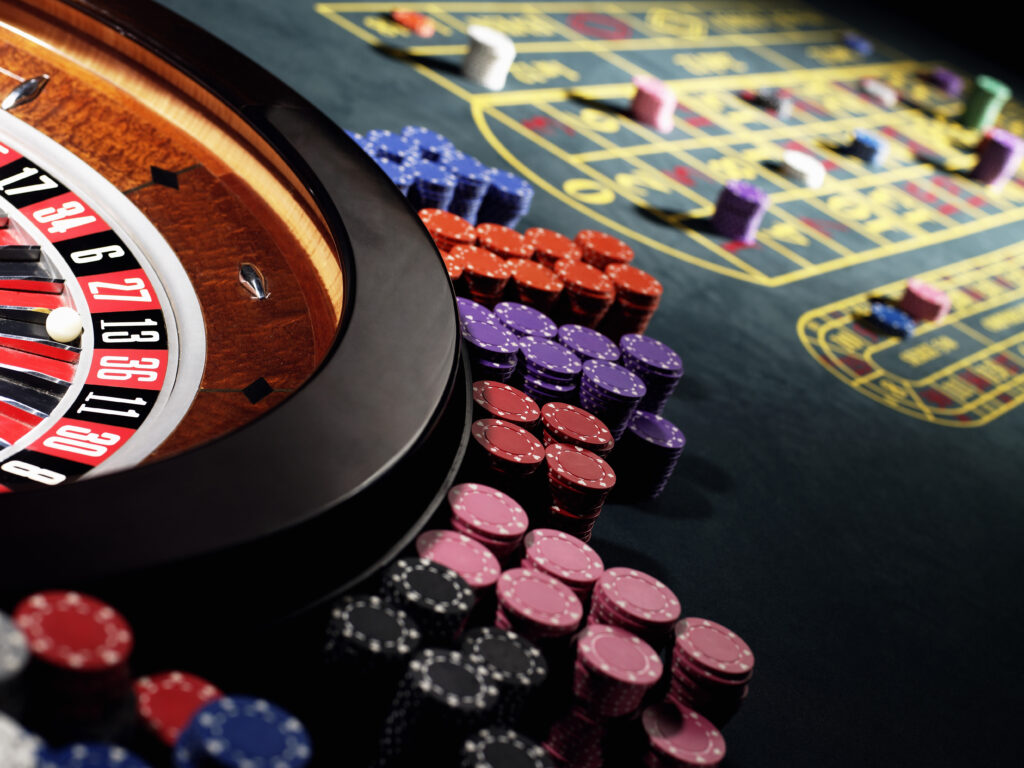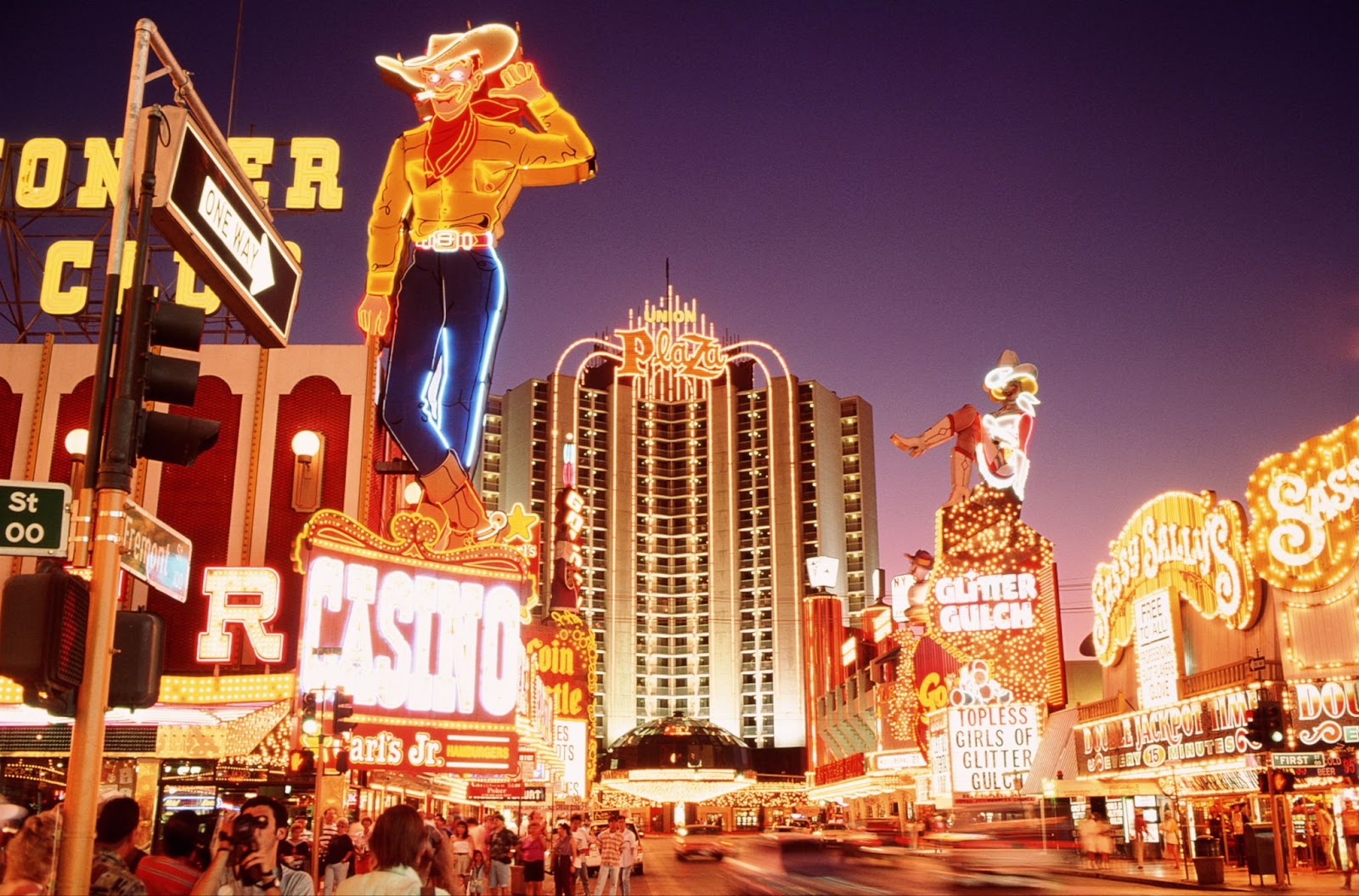This capital efficient business is poised to profit from the boom in online gambling… and despite its incredible economics and growth trajectory, currently trades near historic low valuation levels.

Making Internet Casinos Fun… and Profitable
Innovative Tech Provides Huge Advantage
| Welcome to Porter & Co.! If you’re new here, thank you for joining us… and we look forward to getting to know you better. You can email your personal concierge, Lance, at this address, with any questions you might have about your subscription… The Big Secret on Wall Street… how to navigate our website… or anything else. You can also email our “Mailbag” address at any time: [email protected]. |
We have a special benefit and gift for Partner Pass members from Porter coming next week
On Tuesday, Porter is doing an interview with Chris Mayer, one of the smartest investment professionals around… he’s Portfolio Manager of the Woodlock House Family Capital fund, a long-time friend of Porter, and the author of a handful of fantastic books on investing. Chris has done a lot of research on this week’s stock pick, and will share his insight on the company… and will also talk about his investment process, finding high-return stocks, and lots more.
And as a special bonus… we’ll be giving Partner Pass subscribers access to Chris’s best-selling book, 100 Baggers: Stocks That Return 100-to-1 And How To Find Them. We’ll have Porter’s conversation with Chris ready for Partner Pass subscribers next week… if you want to become a Partner Pass member, please go here.
“Shoot the tires!”
It was 1906, and San Francisco’s horse-and-carriage-driving population hated the new-fangled automobile, derided in local papers as “a menace to man and beast.”
Cars weren’t banned, exactly, but they were frowned upon as a vice. At the time, fewer than 500 personal autos were registered in northern California, and the drivers who dared to take one on the road were constantly harassed and pulled over for minor speeding infractions. (Terrifyingly, the Golden Gate Park superintendent recommended that sharpshooters be positioned along park roads to pop the tires of speeders.)
In those days, Buick dealer Charles Howard couldn’t sell a car to save his life.
The young would-be salesman – stuck with three expensive models gathering dust in his San Francisco showroom – started to wonder if he’d come to the wrong city to seek his fortune.
Then, just after 5 a.m. on April 18, 1906, opportunity arrived… in the form of the deadliest earthquake in U.S. history.
As the first shockwave hit, an eyewitness wrote, “Power and trolley lines snapped like threads. The ends of the power lines dropped to the pavement not 10 feet from where I stood, writhing and hissing like reptiles. Brick and glass showered about me. Buildings along First Street from Howard to Market crumbled like card houses. One was brick. Not a soul escaped. Clouds… obliterated the scene of destruction. The dust hung low over the rubble in the street.”
Three decades before the advent of the modern Richter scale, the exact magnitude of the 1906 San Francisco earthquake couldn’t be calculated. But the human cost was clear: as many as 3,000 people died and 80% of the city was leveled in the quake and subsequent fire, leaving three-quarters of the 400,000-person population homeless.
And the despised automobile suddenly looked a whole lot better.
As thousands of panicked citizens struggled to escape the burning city, horses passed out from smoke, carriages splintered… and “frivolous” autos became the most reliable vehicles on the road.
As another eyewitness wrote, “Before the fire most of us had thought of the car as a wealthy man’s plaything and one of doubtful reliability. The fire-fighting had demanded the use of all available vehicles – horse-drawn and mechanical – and most of the automobiles in San Francisco, including new ones still in dealers’ showrooms, had been pressed into service… Cars quickly proved their superiority to horses. They were much faster and could be operated twenty-four hours a day. I often heard it said that the San Francisco fire of 1906 established the reliability of the automobile.”
In the wake of the earthquake, Charles Howard repurposed his mini-fleet of Buicks into ambulances and moving vans… for a sizable rental fee. In the days after the disaster, it cost $5 a day to rent a horse-drawn carriage… but an automobile fetched $100.
With 250,000 souls fleeing the city, the money was good… but the publicity for Howard’s dealership was better.
A few years later, San Francisco had been rebuilt from ashes, and the auto had become a respected mode of transportation. And Charles Howard had risen from a failed salesman to the country’s most well-known Buick dealer… with one out of every 10 Buicks sold in the U.S. rolling out of his fancy four-story showroom.
Then he spotted an even bigger opportunity, wrapped up in another disaster: gambling.
After the 1929 stock market crash, the Great Depression plunged the country into gloom for a solid decade. In an effort to drum up a little extra cash, in the early ’30s, state governments legalized betting on horse racing, and the gambling industry (much like escapist Hollywood) blossomed. Across the country, careworn Americans flocked to the track to put down a few dollars on steeds like Bold Venture or War Admiral… and watch the thoroughbreds’ owners take home glittering thousand-dollar sweepstakes prizes.
By 1935, the Saturday Evening Post reported, “the number of states having racing and betting has risen from seven to 27… (and) the money handled in legalized wagering has risen to about $500,000,000 annually” (that is, about $11 billion in today’s money).
Once again, “vice” saved the day. And Charles Howard smelled more money (and fame) in the air. So he bought a racehorse of his own: Seabiscuit.
Even people who’ve never been to the racetrack have heard of Seabiscuit: the bowlegged underdog who unexpectedly beat champion racer War Admiral in the 1938 “Match of the Century,” held at Baltimore’s Pimlico Race Course. A third of the U.S. tuned in to the radio to listen as the upstart edged out the Admiral by four lengths. That year, Seabiscuit got more press column inches than either Adolf Hitler or President Franklin D. Roosevelt. (The Academy Award-nominated movie about his life hit theaters in 2003.)
Along the way, Seabiscuit became one of the all-time leading money winners in the history of horse racing, which meant another fortune ($9.5 million in 2023 dollars) for Charles Howard.
Despite his success at Pimlico (and earlier, in San Francisco), Howard wasn’t just lucky. He was smart.
He repeatedly cashed in on a fundamental truth about human nature: people are willing to pay to escape.
Whether that’s literally renting vehicles to get out of a burning city… or blowing a paycheck at the track to forget their sorrows… humans are all trying to run away from something. And running away costs money.
Today, millions of Americans are being crushed by the unbearable weight of inflation. As prices spiral out of control, the average U.S. salary can no longer support the basic middle-class dream of home ownership and a secure retirement (and the recession hasn’t even started yet…). It’s no surprise that Charles Howard-esque gambling venues are popping up in many forms to offer a momentary distraction (for a price, of course). We’ll be examining one of those businesses in this issue.
Americans Are Running Away From Inflation
As I (Porter Stansberry) have written previously, inflation does far more damage than simply eroding living standards. Debasing the currency eats away at the very foundation of a productive society.
For economies to grow, people need the ability to produce more than they consume. This generates savings. Savings enable investment, which is the foundation of all economic vitality. But with today’s cost-of-living crisis, savings and investment have become impossible for most Americans.
According to a survey from the consumer-financial-services firm Bankrate, more than one-third of U.S. adults have more credit card debt than cash – the highest level on record. And 57% of adults don’t have enough cash to cover an unexpected $1,000 expense.
Unable to cover their basic costs of living, younger generations are increasingly putting off saving and investing for the future. Two-thirds of Gen Zers believe they may never make enough money to retire. And a recent survey from online real-estate marketplace Zillow indicates that 52% of Gen Zers and 57% of millennials believe they need to win the lottery in order to become homeowners.
As more Americans face greater uncertainty over their financial future, they’re increasingly turning to get-rich quick schemes in place of long-term investing. The average holding period for U.S. stocks has fallen from five years in the 1970s to less than 10 months today. Meme-stock speculation has replaced buy-and-hold investing. And America has turned into a nation of gamblers.
Betting on an American Pastime
Forty years ago, Americans looking to gamble in a casino had only two real options: Las Vegas or Atlantic City. Since then, nearly every U.S. state has legalized gambling. Today, there are roughly 1,000 casinos across the country, and business is booming. Last year, Americans forked over a record $60.4 billion to the country’s legal gambling establishments. That was up 14% from 2021’s $53 billion, the previous all-time high. Industry experts estimate that 70% of the U.S. population participated in some form of gambling over the last year.

Today, sports-betting apps and online casinos offer the chance to place wagers online – even via a smartphone. Gamblers no longer need to trek to the nearest bricks-and-mortar casino. They can get all the action they want from the comfort of their couch, 24 hours a day.
From the casino’s perspective, online gambling offers the chance to dramatically expand their potential customer base. In a brick-and-mortar casino, the number of players is limited by physical floor space. In the online-gambling world, a digital slot machine can be streamed over the internet to an unlimited number of gamblers.
Given the added convenience for players, and the larger market of customers for casinos to tap into, online gambling is booming. The global market for online gambling reached $65 billion in 2022, and industry experts project it will grow at an average of 12% per year from 2023 to 2030 – roughly four times faster than the expected growth rate of the global economy.
As an investor, the secret to profiting from a booming new industry lies in finding the right business model. This often means avoiding the companies participating directly in the boom itself. Instead, the easier money is made by providing supplies and services to those companies chasing the frenzy. As legendary Fidelity Investments fund manager Peter Lynch once explained:
“During the Gold Rush, most would-be miners lost money… but people who sold them picks, shovels, tents, and blue jeans made a nice profit.”
The same dynamic is at play in today’s online-gambling boom. The popular sports-betting apps and online-casino operators are capital-intensive businesses, with low or negative profit margins. So today, we’re taking a page from Lynch’s playbook to introduce a “picks and shovels” equivalent in the gambling industry.
This company is one of the most capital efficient businesses in any industry, with 40% returns on equity and profit margins approaching 60%. Since going public in 2015, this business has grown its revenues by an average of 50% per year.
Despite the company’s incredible economics and growth trajectory, the stock trades near the lowest valuation level since going public eight years ago.
The Picks and Shovels Play in Online Gambling
This content is only available for paid members.
If you are interested in joining Porter & Co. either click the button below now or call our Customer Care Concierge, Lance James, at 888-610-8895.